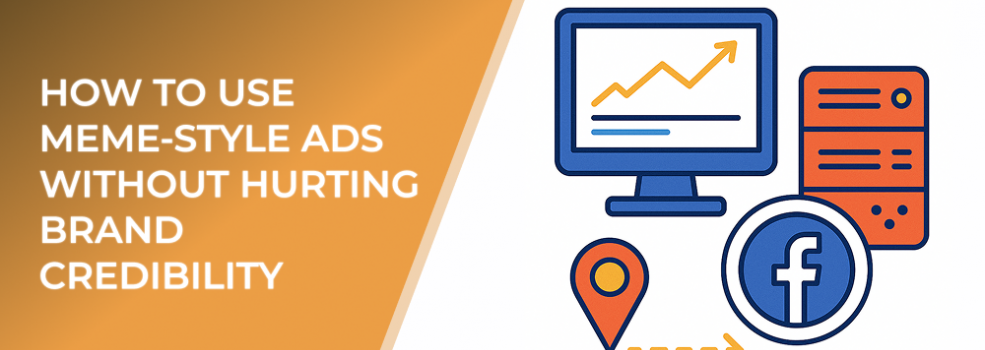Server-side tracking (also known as CAPI — Conversions API) sends data directly from your website’s server to Facebook’s servers. Unlike the traditional Facebook Pixel, which relies on a user’s browser to track activity, server-side tracking bypasses browser limitations.
This means that when someone completes an action (like filling out a form or making a purchase), that event is sent securely to Facebook’s servers, even if the browser blocks third-party cookies or if the user has tracking restrictions enabled.
Why Server-Side Tracking Matters Now
The shift toward privacy-first advertising — including Apple’s iOS updates and browser cookie restrictions — has made client-side (pixel-only) tracking increasingly inaccurate. According to Facebook, advertisers can lose up to 30% of tracked conversions without a server-side setup.
With server-side tracking, small and large advertisers alike can:
-
Recover missing conversions and improve attribution accuracy.
-
Optimize campaigns based on real data.
-
Maintain compliance with privacy regulations.
How It Differs from Pixel Tracking
| Feature | Facebook Pixel (Client-Side) | Server-Side (CAPI) |
|---|---|---|
| Data Source | Browser (client) | Server |
| Reliability | Can be blocked by cookies, browsers, or ad blockers | Works even when cookies are restricted |
| Data Accuracy | Can lose up to 30% of conversions | More complete and verified data |
| Setup Complexity | Simple | Moderate to advanced |
Benefits of Server-Side Tracking
1. Improved data accuracy
You get more reliable performance insights, especially when users opt out of tracking. Meta’s internal studies show that server-side data can improve conversion reporting by up to 20% compared to pixel-only setups.
2. Better campaign optimization
Facebook’s algorithm performs best with clean, consistent data. By sending verified events from your server, you help Meta’s system understand which users are most likely to convert.
3. Increased control and compliance
With server-side tracking, you decide what data gets shared and when. This allows compliance with privacy rules like GDPR or CCPA while maintaining campaign efficiency.
4. Enhanced retargeting and measurement
Accurate event tracking ensures you can still build retargeting audiences, measure ROAS, and link ad results to real actions on your site.
How to Set Up Server-Side Tracking
There are several ways to connect your website or app to Facebook’s Conversions API:
1. Through Meta’s native integrations
If you use platforms like Shopify, WooCommerce, or WordPress, Meta provides built-in CAPI integrations. These tools make setup simpler, requiring little to no coding.
2. Via Google Tag Manager (Server)
You can use GTM Server-Side tagging to manage data flow between your site and Meta. This gives you flexibility in what data you send and how often.
3. With custom API implementation
For advanced tracking setups, developers can integrate CAPI directly into your backend. This is ideal for complex businesses needing custom event mapping.
Best Practices for Server-Side Tracking
-
Run pixel and CAPI together for the most complete data view.
-
Verify events in Meta Events Manager to ensure they’re firing correctly.
-
Map important events like purchases, leads, and subscriptions.
-
Use event deduplication to avoid double-counting conversions.
-
Monitor your data and adjust parameters as privacy rules evolve.
The Future of Facebook Tracking
The advertising landscape is moving toward server-based data processing. Over the next few years, Facebook is expected to rely even more heavily on Conversions API for measurement and optimization. For advertisers, this means adapting early is a competitive advantage.
Final Thoughts
Server-side tracking is not just a technical upgrade — it’s a necessity for maintaining accurate performance in a privacy-first world. By implementing Facebook’s Conversions API, you’ll future-proof your campaigns, improve ROI accuracy, and help Facebook’s algorithm perform at its best.
Suggested Reading
If you found this article helpful, you might also like:

